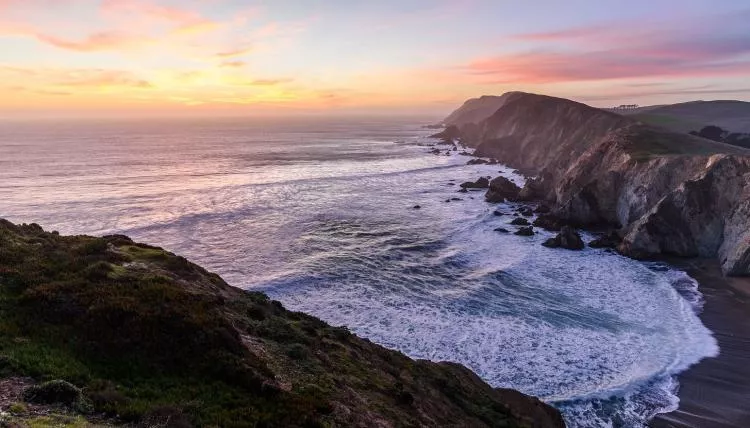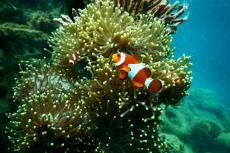Ocean oxygen loss may ultimately reverse
A worldwide study led by Rutgers University offers an unexpected bright spot in a time when climate change news is frequently doom and gloom. The scientists have found evidence that suggests the current oxygen depletion in the world's oceans may eventually reverse.
Ocean deoxygenation has detrimental repercussions. Fish, crabs and other significant species of marine life that are unable to flee these low oxygen zones may perish as a result. People who depend on them for food and employment may be subsequently impacted by their absence as many of these species are economically significant.
Additionally, there is a negative feedback loop at play: as ocean oxygen levels decline, so does its capacity to absorb carbon dioxide. This may cause global warming to accelerate even further.
The past
Recent decades have seen an unsettling fall in ocean oxygen levels. Large oxygen-deficient zones may be formed by this process in significant areas of our oceans.
This worrying tendency has been connected to rising global temperatures by scientists. The ability of the seas to take up oxygen from the atmosphere is directly impacted by this development.
The future
A ray of optimism for the future is provided by a recent study published in the journal Nature.
In the study, scientists discovered that oxygen levels in the ocean were higher in a crucial region during the Miocene epoch (roughly 16 million years ago), when the Earth's temperature was significantly higher than it is today.
This research offers a positive outlook on the existing circumstance, as it implies that the present oxygen loss may eventually stop. Subsequently, the stress experienced by marine life may be lessened by this anticipated recovery of ocean oxygen levels.
How the research was conducted
The researchers examined Earth's past to better understand the possible implications because existing climate models disagree on their projections regarding the future reaction of these oxygen-deficient zones beyond 2100. They focused on the middle Miocene as this time period's climatic circumstances were comparable to those predicted for the following centuries in our current era of climate change.
Mid-Miocene seawater sediments were studied by the researchers. They were gathered by researchers on board the JOIDES Resolution in the eastern equatorial Pacific. The ship was a participant of the International Ocean Discovery Program (IODP), a multinational marine research partnership that studies the evolution and dynamics of Earth.
The researchers were able to remove and examine the fossilized remnants of foraminifera, which are tiny, water-dwelling bacteria that share the same chemical makeup as the primordial ocean. Hence, the scientists can determine the oxygen content of the waters millions of years ago.
The group employed cutting-edge techniques, such as the use of nitrogen isotopes as detectors sensitive to denitrification. This is a mechanism that takes place exclusively at very low oxygen levels. Additionally, they compared the amounts of calcium and iodine.
Results
The research showed that the investigated ocean region had a high oxygen content during the warmest period of the Miocene. The South Pacific's open water now has oxygen levels that are similar to those there.



























